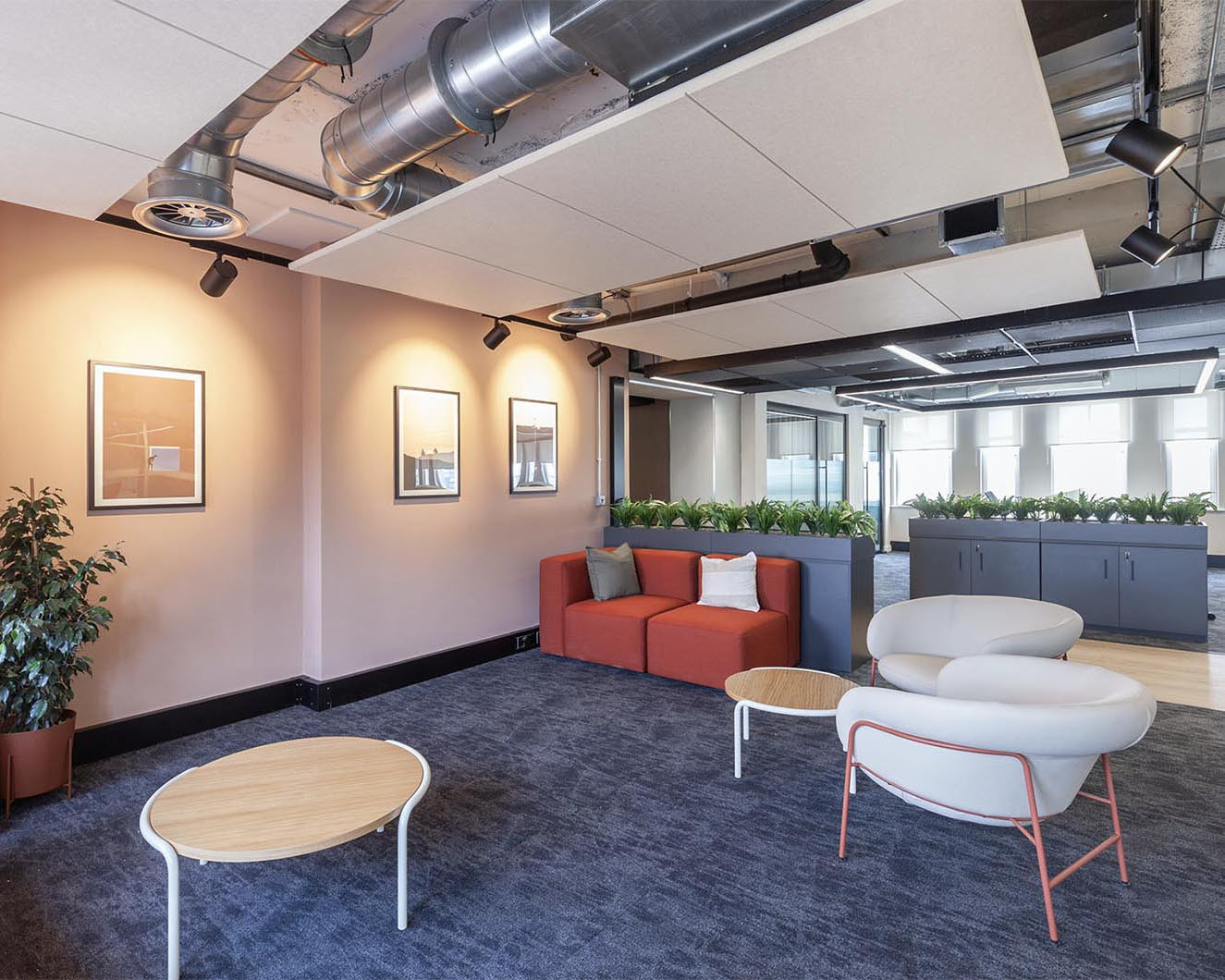Introduction
Neurodiversity – a broad term for the spectrum of neurological conditions including ADHD, autism, dyspraxia, dyslexia and more, affects approximately 15-29% of the UK workforce. Whether you know it or not, there’s a good chance you’ll already be employing neurodivergent people. Remember that most neurodivergent employees don’t disclose their condition, fearing discrimination.
We really believe that a lot of talent lies in the neurodivergent population. When placed in a role that works for them, autistic people can be 140% more productive than neurotypical people and work 40% faster. 20% of entrepreneurs in the UK are dyslexic. ADHD people are known for their creativity, passion and spontaneity.
Famous neurodivergent business moguls include Richard Branson, Elon Musk and Ikea founder Ingvar Kamprad.
Sadly though, many employers don’t create neurodiversity-friendly workspaces. It has a significant impact – 1 in 5 neurodivergent people will decline a job offer due to poor workplace design and 15% had left a job because of the workplace environment.
The case for neurodiverse office design
Designing environments that are accessible for neurodivergent people enhances everyone’s ability to contribute. Aside from attracting new neurodivergent talent, you’ll retain disclosed and undisclosed workers already on your team.
It’s not as if neurodivergent-friendly design is unpleasant for neurotypical people; it’s quite the opposite. Your neurotypical team will probably benefit from the changes, too. Accessibility for neurodivergent people benefits everybody.
Strategies for inclusive design
To transform traditional office spaces into havens of inclusivity and productivity, consider the following actionable strategies:
1. Make your workspace sensory-friendly.
Create calm zones
Establish areas with soft lighting, comfortable seating and noise-reducing features to help those who are easily overwhelmed by sensory overload. Such areas give an opportunity for anyone to think and relax. Whilst some employees may find relaxation in chatter and games, this may actually be stressful for some neurodivergent people.
Control acoustics
So many sound management strategies can be implemented into your workspace design. These mask sounds and minimise distractions. Decorative wall panels, desk screens, separators and light fittings can all be designed to control noise. There are several options for small, soundproof pods, which people can either work inside to avoid office noise or put the noise inside the pod!
Visual comfort
Nobody likes mess and clutter. Not everyone can ignore it. Ensure you have adequate, flexible storage space and that cables and the like are well managed and hidden.
Colours can be calming and neutral. Lighting should feel natural and pleasant.
Olfactory considerations
A common complaint for people with sensory processing issues is working next to someone eating lunch at their desk. Even after lunch is finished, smells can linger. Having a separate break area is really important. As nobody wants to smell tuna pasta all day, or deal with grease on their hot-desk, whether they’re autistic or not.
As for scents and perfumes. It’s a general rule that people with sensory processing disorders dislike strong artificial scents such as air fresheners. But enjoy natural smells. So whilst a team member may not be able to concentrate with a Glade air freshener that keeps spritzing in the background, they may love a soy wax candle or diffuser and find it aids productivity. The best tip is to ask for opinions and take objections seriously.
Spatial configuration
Some neurodivergent people struggle with having close contact with other people. Cramming people too close together or creating a desk space too close to a walkway could be distracting or distressing.
2. Create a flexible workspace
Adjustable seating
Some neurodivergent people find it very difficult to stay in one place all day. Offering different areas and spaces can help, as can implementing things like standing desks and flexible seating. Not even taking neurodiversity into account, 65% of people reported greater productivity and concentration when using a sit-stand desk.
Agile work
Open space offices where people can simultaneously chat and work were once heralded as the best solution to productivity. But things have changed. Agile workspaces are widely considered more useful, as they provide areas for all types of workers. Data and detail-oriented spaces will be separate from ideating and emotional connection spaces.
Hybrid work
Offering work-from-home options can be the best way to ensure your workplace is disability friendly. This means that neurodivergent workers can take breaks from the sensory or social stress in the office when necessary. The morning small talk from your receptionist might just be extremely uncomfortable to certain neurodivergent individuals, and it’s better to offer accessible breaks rather than have people quit or suffer poor mental health. (Or stop people from chatting about their weekend in the morning!)
Workplaces have to be designed in specific ways to adapt to hybrid work models. For instance, the unused desk space could be better used in some other way, making the entire space more efficient. A hot desking solution may require some design changes, but it’s always good to make hot desking structured. An autistic person may do best by always sitting at the same desk whenever they’re at work and not have the ambiguity of trying to work out the social rules behind seating.
Conclusion
At Formm, we’re committed to pioneering workspace design that is beautiful as well as functional. We believe work environments should create inclusive cultures that value and leverage the strengths of all team members. By integrating thoughtful design with our knowledge of Cat A and Cat B fit-outs, we help create workspaces that empower all employees to excel and contribute uniquely.
For those interested in transforming their work environments into models of inclusivity and productivity, reach out to us at Formm to arrange a chat about the potential for your new space.
